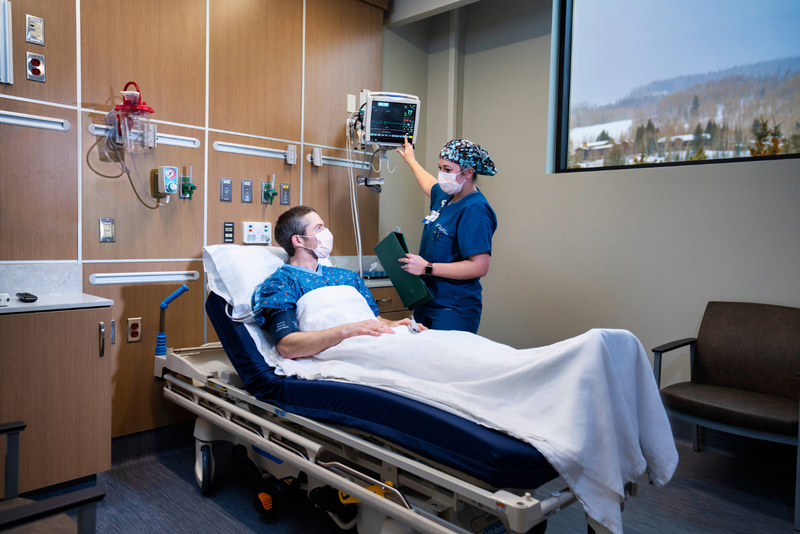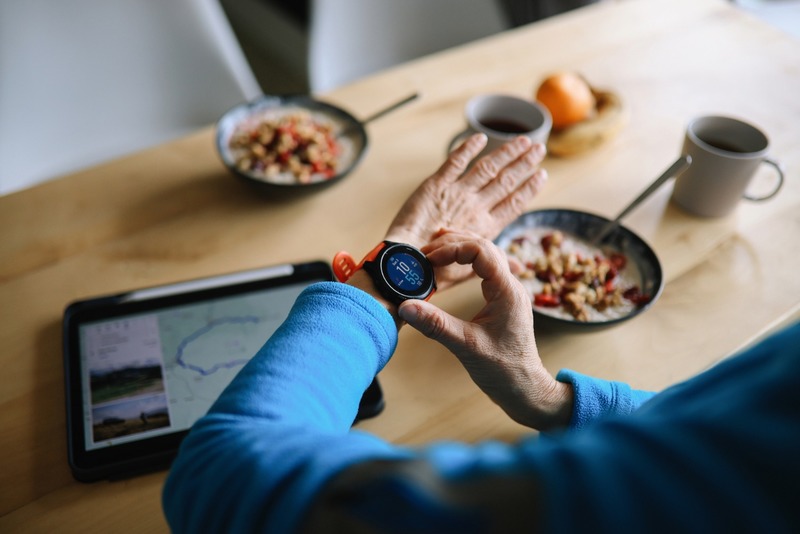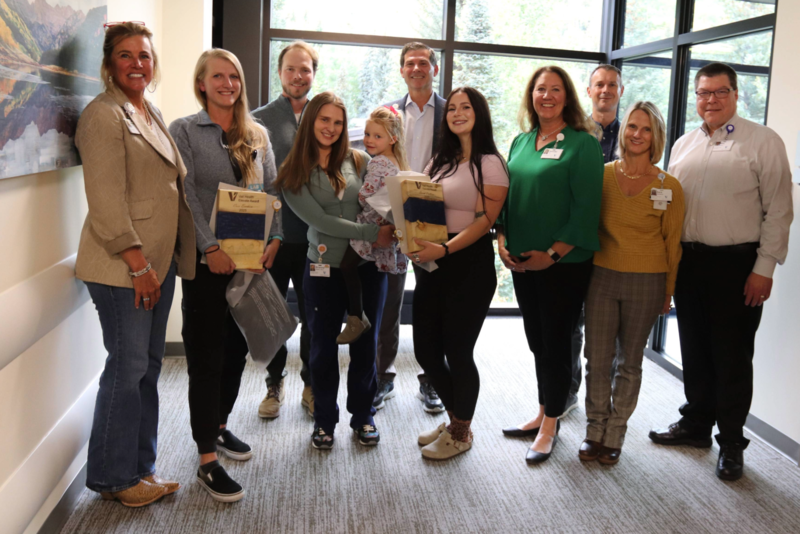News
Understanding ACL Tears: From Risk to Recovery - Part 2

TThis three-part series covers ACL injuries, from risk to recovery. Learn from experts at The Steadman Clinic, Vail Summit Orthopaedics & Neurosurgery and Howard Head Sports Medicine. While no one wants to be injured, there is no better place to tear an ACL than Vail, Colorado.
Part 2: So You’ve Torn Your ACL, Now What?
“Pop!” It’s that dreaded sound and unforgettable feeling of an ACL tear. Not everyone who tears an ACL experiences the sensation, but those who do have a strong indication that a visit to the orthopaedic surgeon is going to be necessary. Other signs of an ACL tear can include pain when putting weight on the injured leg, swelling within 24 hours of the injury, a feeling of instability or “giving way” when bearing weight, limited range of motion, and discomfort when walking.Preparing for Surgery
When surgery is indicated, there are steps a patient can take to prepare. The first is to determine when to schedule surgery.“There is rarely any time sensitivity to ACL reconstruction,” said Dr. Hackett. “Taking some time to get stronger and get your range of motion back is actually helpful because you can use that strength on the backend of the surgery to recover.”
In addition, if the knee is swollen or stiff, physical therapy may be recommended to reduce swelling, increase range of motion and get the muscles firing. Surgery performed on an acutely swollen knee can lead to a higher incidence of scarring and challenges restoring range of motion after surgery.
“Once the patient’s knee is minimally swollen, has full knee extension and nearly full knee flexion, and they are off crutches and walking with a normal gait, then ACL surgery can be scheduled,” said Dr. Cunningham.
The date of surgery will also depend on the patient’s personal and professional obligations. While there’s never a “great” time to have surgery, some patients opt to wait until they can make the appropriate accommodations with their work, school and/or personal life.
Types of Reconstruction
Throughout the years, there have been advances and trends in ACL reconstruction. Ultimately, the goal is to replace the torn ACL with a graft; however, there are several types of grafts that can be employed, and the “right one” depends on the patient’s age, activity level, overall health and the severity of the injury.An autograft uses a tendon from the patient’s body. Orthopaedic specialists have learned that the best autografts come from the patellar tendon, hamstring tendon or quad tendon. An allograft uses a tissue graft from a donor. Autografts are generally considered stronger than allografts, and because an autograft uses a patient’s natural tissue, there is no risk of rejection or disease transmission, as is possible with an allograft. Allografts are more commonly used in older patients who do not plan to participate in high-impact sports or who have already experienced multiple knee injuries or revisions. These patients typically experience shorter surgical times and a quicker initial recovery.
“In younger, active people, using your own tendon is best,” said Dr. Cunningham. “There is plenty of literature showing that donor tissue has a higher risk of retearing in younger patients (less than 30 years of age). If it was my 24 year-old daughter, I’d never let her get an allograft ACL. If it was me, I’d consider it.”
As ACL reconstruction has evolved over the years, researchers have found ways to reinforce grafts. Anterolateral Ligament (ALL) reconstruction and Lateral Extra-articular Tenodesis (LET) are two procedures used to augment ACL reconstruction, especially in high-risk patients like women with hyperextension and flexibility.
“It’s like a belt and suspenders concept where you add additional reinforcements,” said Dr. Hackett.
Biologics have also become an important part of supporting tissue repair and improving patient outcomes. Some surgeons recommend platelet rich plasma (PRP) and stem cells to possibly enhance healing and regeneration, but it is debated whether this offers a benefit.
Pain management techniques have also evolved. With a growing concern for opioid addiction, surgical teams are more commonly using a multimodal approach, incorporating non-opioid analgesics, regional anesthesia and physical therapy to improve pain control. Patients are more often sent home with a femoral nerve block, which targets the femoral nerve and numbs the area around the knee, thereby significantly reducing pain and minimizing the need for oral pain medication.
The Steadman Clinic, Vail-Summit Orthopaedics & Neurosurgery, and Howard Head Sports Medicine are world-renowned for providing the best orthopaedic care in the business. Professional and amateur athletes travel from around the world to be treated and recover in Vail, Colorado. While no one wants to be injured, there is no better place to tear an ACL.
And if you’ve torn an ACL and are pursuing reconstructive surgery, read part three of this series: What to Expect on the Road to Recovery.
More News
-
New!
More

First Chair to Last Call: What Does Alcohol Really Mean For Your Health?
In nearly every Colorado ski town, some iteration of the neon sign blares its play-hard-party-harder anthem. It’s a not-so-subtle nod to mountain party culture, a lifestyle that normalizes combining sports and outdoor adventures with heavy drinking and partying. In Eagle County, après culture, high-altitude living and outdoor performance have coexisted for as long as locals have been sliding on snow. But how much is too much at altitude? And what role do social support systems play in helping residents find balance?
-
New!
More

Counting More Than Steps: How Wearables Can Help (or Hinder) Your Health
From step counts to sleep stages, heart rate variability to blood sugar spikes, wearable devices are giving us a front-row seat to what’s happening inside our bodies. Strapped to wrists, slipped onto fingers or wrapped around our biceps, wearables like the Oura Ring or Whoop strap promise insight and advice in the quest for better health.
-
More

Cass Barham and Sarah Crabtree Honored As Recipients of Vail Health Elevate Award
Cass Barham and Sarah Crabtree, both lab techs at Vail Health Hospital, have been named recipients of the Vail Health Elevate Award. Vail Health created the Elevate Award in June 2022 to give patients and their families an opportunity to nominate and thank employees who have touched their lives in some way.
